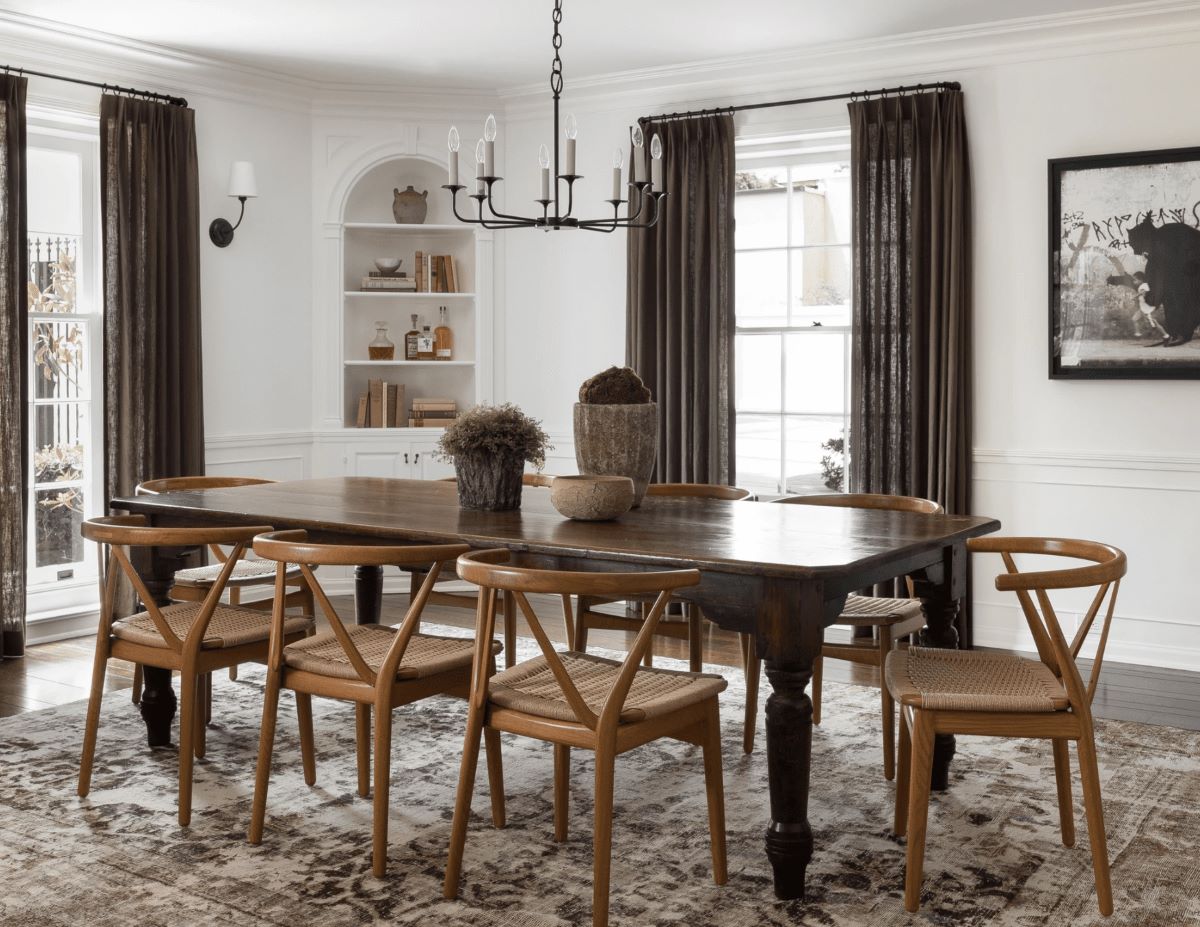

Articles
How To Choose Curtains For Dining Room
Modified: February 24, 2024
Looking for articles on how to choose curtains for your dining room? Discover expert advice and tips to enhance the look and atmosphere of your dining space.
(Many of the links in this article redirect to a specific reviewed product. Your purchase of these products through affiliate links helps to generate commission for Storables.com, at no extra cost. Learn more)
Introduction
Welcome to our comprehensive guide on how to choose curtains for your dining room. Curtains not only enhance the aesthetic appeal of a space but also play a vital role in controlling light, providing privacy, and adding a touch of elegance to your dining area. With a plethora of options available in terms of fabric, color, design, and length, selecting the perfect curtains for your dining room can be a daunting task. In this article, we will explore the key factors to consider when choosing curtains for your dining room, ensuring that you make an informed decision that complements your décor and meets your functional needs.
Key Takeaways:
- Choose curtains that match your dining room’s style and meet your functional needs by considering factors such as light control, privacy, room size, style, functionality, maintenance, and budget.
- Enhance the ambiance of your dining room with the right curtain length, width, fabric, color, design, liners, hardware, and maintenance. Carefully select each element to create a welcoming and stylish space.
Read more: How To Choose A Rug For The Dining Room
Factors to Consider When Choosing Curtains for the Dining Room
When selecting curtains for your dining room, it’s essential to consider various factors to ensure that they not only look stylish but also serve their purpose effectively. Let’s explore these factors in more detail:
- Light Control: Determine how much natural light you want to allow into your dining room. If you prefer a bright and airy space, opt for sheer or lightweight fabrics. On the other hand, if you want to block out excessive sunlight, consider thicker fabrics or curtains with lining.
- Privacy: Think about the level of privacy you desire for your dining room. If you wish to maintain privacy even when the curtains are partially open, choose fabrics with a higher opacity or consider using a dual-layer approach with sheer curtains and heavier draperies.
- Room Size: Consider the size of your dining room when choosing the length and width of your curtains. Floor-length curtains can create a more dramatic and elegant look, while shorter curtains can make a smaller space appear more spacious.
- Style and Décor: Take into account the overall style and theme of your dining room. Decide whether you prefer curtains that blend seamlessly with the existing décor or ones that make a bold statement as a focal point. Consider patterns, color schemes, and textures that complement the furniture and color palette in the room.
- Functionality: Think about the functionality you need from your curtains. For example, if you want to control the amount of light entering the room, consider curtains with blackout or thermal lining. If you wish to reduce noise, consider adding soundproofing elements to your curtains.
- Maintenance: Consider the level of maintenance required for the curtains you choose. Fabrics that are machine washable or easy to spot clean may be more practical for a dining room setting where spills and stains are more likely to occur.
- Budget: Set a budget for your curtains, taking into account the quality, fabric, and style you desire. Remember that curtains can range widely in price, so having a budget in mind will help you narrow down your options.
By considering these factors, you can ensure that you choose curtains that not only enhance the aesthetic appeal of your dining room but also meet your functional needs. The next sections will delve into specific aspects of curtain selection, such as length, width, fabric, color, design, liners, hardware, and maintenance.
Curtain Length
The length of your curtains can greatly impact the overall look and feel of your dining room. Choosing the right curtain length depends on factors such as the height of your windows, the style of your dining area, and your personal preference.
A common option for curtain length is floor-length curtains. These curtains extend all the way to the floor, creating a sense of elegance and sophistication. Floor-length curtains are particularly well-suited for dining rooms with tall or large windows, as they can help visually elongate the space and make it appear more grandiose.
On the other hand, if your dining room has shorter windows or if you prefer a more casual and relaxed look, you may opt for curtains that are slightly shorter. Cafe-style curtains, for example, cover only the lower portion of the window and can add a touch of charm to your dining area. These curtains allow ample natural light while still providing a level of privacy.
Another consideration is the puddling effect. This refers to when the curtains gather or pool on the floor for a more luxurious and dramatic look. Puddling can add a sense of opulence to your dining room, especially when paired with formal decor. However, it’s important to keep in mind that puddling curtains may require more maintenance as they can easily accumulate dust and dirt on the floor.
When measuring the length of your curtains, make sure to account for any curtain hardware or rods. You’ll want to ensure that your curtains are long enough to reach the desired length even when the hardware is taken into consideration. And don’t forget to factor in the height of your ceiling as well. For rooms with high ceilings, longer curtains can create a more balanced and harmonious aesthetic.
In summary, carefully consider the height of your windows, the style of your dining room, and your personal preferences when choosing the length of your curtains. Whether you opt for floor-length curtains for a touch of elegance or shorter curtains for a more relaxed vibe, the right curtain length can enhance the overall ambiance of your dining area.
Curtain Width
When selecting curtains for your dining room, it’s crucial to consider the width of the curtains to ensure they provide the desired coverage and fullness. The right curtain width can determine the overall look and functionality of your curtains.
A general rule of thumb is to choose curtains that are about double the width of your window. This allows for ample fabric to create beautiful folds and gathers when the curtains are closed. The extra width also ensures that the curtains can be fully extended to cover the entire window when desired.
However, if you prefer a more streamlined and tailored look, you can choose curtains that are closer to 1.5 times the width of your window. This will provide a slightly less gathered appearance when the curtains are closed.
In terms of functionality, wider curtains offer better light control and privacy. When the curtains are drawn, the additional width ensures that minimal light seeps through the edges, creating a more effective barrier against sunlight. Wider curtains can also provide better privacy, as they cover a larger portion of the window.
It’s important to consider the amount of space available on either side of the window when choosing the width of your curtains. If you have limited space, you may want to opt for narrower curtains that don’t impede the flow or functionality of the room. On the other hand, if you have ample space, wider curtains can add a touch of grandeur and elegance to your dining room.
Remember to take into account the curtain hardware, such as rods and rings, when measuring the width. Make sure to include the hardware when determining the total width of your curtains to ensure a proper fit and easy movement.
Ultimately, the width of your curtains should align with your style preferences and the overall aesthetic of your dining room. Whether you choose wider curtains for a more dramatic and luxurious look or narrower curtains for a clean and tailored appearance, selecting the right curtain width will contribute to the overall functionality and appeal of your dining area.
Curtain Fabric
Choosing the right fabric for your dining room curtains is crucial, as it can greatly impact the overall look and functionality of the space. The fabric you select will determine the texture, drape, light control, and durability of your curtains. Here are a few factors to consider when selecting curtain fabric for your dining room:
Light Control: If you want to allow natural light to filter through while still maintaining some privacy, consider lightweight fabrics such as cotton, linen, or voile. These fabrics offer a soft and airy feel, creating a gentle diffusion of light. For greater light control, opt for thicker fabrics like velvet, brocade, or jacquard, which can effectively block out sunlight when the curtains are closed.
Durability: Consider the durability of the fabric, especially in a high-traffic area like the dining room. Look for fabrics that are resistant to fading and can withstand frequent use and cleaning. Polyester blends, silk blends, and synthetic fabrics are often more durable and long-lasting compared to delicate materials like silk or lace.
Textured Fabrics: Adding texture to your curtains can create visual interest and dimension in the dining room. Fabrics like tweed, boucle, or woven materials can add a subtle touch of texture without overwhelming the space. These textured fabrics can bring depth to your curtains and complement various interior styles.
Patterned Fabrics: Patterned curtains can make a bold statement and add personality to your dining room. Consider the existing décor and color scheme in the room when choosing patterns. Geometric patterns, floral prints, or stripes can create a visually striking effect. However, be mindful of the scale of the pattern and ensure it doesn’t overpower the space.
Color: The color of your curtain fabric should harmonize with the overall color palette of your dining room. Neutral shades like white, beige, or gray can create a timeless and versatile look that easily complements any décor. Alternatively, you can choose vibrant or bold colors to add a pop of color and create a focal point in the room. Just ensure that the color of the fabric complements the other elements in the dining room, such as the walls, furniture, and accessories.
Cleaning and Maintenance: Consider the cleaning and maintenance requirements of the curtain fabric. Fabrics like cotton and polyester blends are generally easy to care for and can be machine washed. Delicate fabrics like silk or velvet may require professional dry cleaning to maintain their quality. It’s important to choose a fabric that aligns with your lifestyle and the level of maintenance you are willing to commit to.
When selecting curtain fabric for your dining room, consider the desired light control, durability, texture, pattern, color, and maintenance requirements. By choosing the right fabric, you can enhance the overall aesthetic appeal of your dining area while ensuring that your curtains meet your functional needs and withstand the test of time.
When choosing curtains for a dining room, consider the amount of natural light, the color scheme of the room, and the desired level of privacy. Lighter curtains can make the room feel more spacious, while darker curtains can add a sense of coziness.
Read more: How To Choose A Dining Room Rug
Curtain Color and Design
The color and design of your dining room curtains can have a significant impact on the overall ambiance and style of the space. When choosing curtain colors and designs, it’s essential to consider the existing décor, your personal style preferences, and the desired mood you want to create. Here are some factors to consider:
Complement or Contrast: Decide whether you want your curtains to blend seamlessly with the existing color scheme in your dining room or make a bold statement as a contrasting element. If you prefer a cohesive look, choose curtain colors that complement the wall color or other prominent hues in the room. On the other hand, if you want to add visual interest and drama, consider selecting curtains in a contrasting color to create a focal point in the space.
Light or Dark: The color of your curtains can greatly influence the amount of light that enters your dining room. Light-colored curtains, such as white or pastel shades, can make the space feel brighter and more open by reflecting natural light. Dark-colored curtains, such as navy or deep burgundy, can create a cozy and intimate atmosphere by absorbing light. Consider the mood you want to create and the amount of natural light in the room when choosing between light or dark curtain colors.
Patterned or Solid: Decide whether you want your curtains to have a patterned design or be in a solid color. Patterned curtains can add visual interest and personality to your dining room. Choose patterns that complement the existing décor and furniture in the space. If you prefer a more minimalist or sophisticated look, solid-colored curtains can create a clean and streamlined aesthetic. Consider the scale of the pattern and how it will interact with other elements in the room.
Texture: Consider adding texture to your curtains to create depth and visual interest. Textured curtains can add a touch of luxury and sophistication to your dining room. Fabrics like velvet, silk, or linen with a subtle weave or embossed pattern can create a visually pleasing texture. However, be mindful not to overpower the space with too much texture if you already have other textured elements in the room.
Length and Style: The length and style of your curtains can also contribute to the overall design. Floor-length curtains can create a classic and elegant look, while shorter curtains can give a more casual and relaxed vibe. The style of the curtains, such as pleated, grommet, or tab-top, can also affect the overall aesthetic. Consider the style of your dining room and the functionality you desire when selecting the curtain length and style.
Ultimately, choosing the right curtain color and design for your dining room is a personal choice that should reflect your style, complement the existing décor, and create the desired mood. Take time to consider the different options and visualize how the curtains will enhance the overall ambiance of your dining area.
Curtain Liners
Curtain liners are an important consideration when choosing curtains for your dining room. Liners provide additional benefits such as light control, insulation, and protection for your curtains. Here are a few reasons why you might consider using curtain liners:
Light Control: Curtain liners can help control the amount of light that enters your dining room. If you have chosen lightweight or sheer curtains that let in too much sunlight, adding a liner can help darken the room when needed. This is particularly useful for dining areas where you may want to reduce glare or create a more intimate atmosphere during mealtime.
Insulation: Properly lined curtains can help insulate your dining room by preventing drafts and heat loss. Insulated liners can provide an extra layer of protection against cold air coming in through your windows during the winter months. Similarly, during the summer, thermal liners can help keep your dining room cooler by blocking out the heat from outside.
Soundproofing: If you have a dining room that is adjacent to a noisy area or if you simply want to minimize outside noise, consider using soundproofing curtain liners. These liners are designed to absorb sound vibrations, reducing the level of noise that enters or exits the room. This can create a more peaceful and enjoyable dining experience.
Privacy: Adding a liner to your curtains can enhance privacy, especially during the evening when the lights are on inside your dining room. The liner acts as an extra layer, minimizing the visibility from the outside. This is particularly beneficial if your dining room faces a street or a busy area where passersby can easily see inside.
Protection for Curtains: Curtain liners help protect your curtains from sun damage and fading. The liner acts as a barrier between the fabric of your curtains and the harsh sunlight, prolonging their lifespan and preserving their color. This is especially important for curtains made from delicate materials or those with intricate patterns or designs.
When selecting curtain liners, consider the specific benefits you are looking to gain. Blackout liners are ideal for maximum light control, while thermal liners are great for insulation. Soundproofing liners are suitable for reducing noise, and privacy liners offer enhanced privacy. Ensure that the liner you choose is compatible with your chosen curtain fabric and style.
Adding liners to your dining room curtains can significantly enhance their functionality and lifespan. Whether you opt for one specific type of liner or a combination of liners to meet your specific needs, they are a valuable addition to consider when choosing curtains for your dining room.
Curtain Hardware
Curtain hardware plays an essential role in the overall functionality and appearance of your dining room curtains. It includes components such as curtain rods, brackets, rings, and finials. Choosing the right curtain hardware can enhance the visual appeal of your curtains while ensuring smooth and easy operation. Here are a few factors to consider when selecting curtain hardware:
Curtain Rods: Choose curtain rods that complement the style of your dining room. For a classic and timeless look, consider traditional metal or wooden rods with decorative finials. If you prefer a more contemporary and sleek aesthetic, opt for minimalist or modern-style curtain rods. The length and thickness of the rod should be appropriate for the size and weight of your curtains.
Brackets: Brackets are used to secure the curtain rods to the wall or window frame. Ensure that the brackets are sturdy and able to support the weight of your curtains. If you have heavy or long curtains, consider using additional support brackets in the center to prevent sagging. Brackets come in various styles and finishes, so choose ones that align with the overall design of your dining room.
Rings and Hooks: Rings or hooks are used to attach the curtains to the rod and allow for smooth opening and closing. Metal rings provide a classic look, while plastic hooks are more affordable and easier to use. Choose rings or hooks that are compatible with the rod and the type of curtains you have, ensuring that they glide smoothly along the rod without getting stuck.
Finials: Finials are decorative caps that attach to the ends of curtain rods. They come in various shapes, sizes, and materials. Finials can add a touch of elegance and personality to your dining room curtains. Choose finials that complement the overall style of your dining room, whether you prefer ornate and elaborate designs or sleek and minimalist options.
Adjustability: Consider whether you need adjustable curtain hardware. Adjustable rods allow you to extend or retract the length of the rod, which can be useful if you plan to change the length of your curtains or if you want to layer different types of curtains. Adjustable rods also offer flexibility if you plan on moving or rearranging your dining room in the future.
Installation: Before purchasing curtain hardware, ensure that it is easy to install and comes with all the necessary mounting hardware. Follow the manufacturer’s instructions to properly install the rods and brackets, ensuring that they are securely fastened to the wall or window frame. Incorrectly installed hardware can compromise the functionality and safety of your curtains.
When selecting curtain hardware, consider the style, durability, and functionality that best suit your dining room curtains. By carefully choosing rods, brackets, rings, and finials that complement your curtain fabric and overall design, you can enhance the visual appeal of your dining room curtains while ensuring ease of use.
Curtain Maintenance and Cleaning
Maintaining and cleaning your dining room curtains is essential to keep them looking fresh and extending their lifespan. Proper care and maintenance can help preserve the color, fabric quality, and overall appearance of your curtains. Here are some tips for curtain maintenance and cleaning:
Regular Dusting: Dust your curtains regularly to prevent dust and dirt from settling on the fabric. Use a soft brush attachment on your vacuum or a duster to gently remove any surface dust. This will help keep your curtains looking clean and reduce the need for frequent washing.
Spot Cleaning: Attend to any stains or spills on your curtains promptly. Use a mild detergent or fabric cleaner and a clean cloth or sponge to gently blot the stain. Avoid rubbing or scrubbing vigorously, as this can damage the fabric. Test the cleaning solution on a small inconspicuous area first to ensure it doesn’t cause any discoloration or damage.
Machine Washable Curtains: If your curtains are machine washable, follow the manufacturer’s instructions for washing. Use a gentle cycle and a mild detergent. It is recommended to wash curtains individually to prevent tangling and potential damage. After washing, hang the curtains back up while they are slightly damp to allow them to dry in their natural position and minimize wrinkles.
Dry Clean Only Curtains: Some curtains require dry cleaning due to delicate fabric or intricate detailing. Follow the care instructions provided by the manufacturer and take your curtains to a trusted dry cleaner. Inform the dry cleaner of any specific stains or concerns, so they can apply the appropriate cleaning methods and solutions.
Steam Cleaning: Steam cleaning can be a quick and effective way to freshen up your curtains and remove wrinkles. Use a handheld steamer or a garment steamer and gently steam over the fabric. Keep a safe distance from the curtains to avoid any direct contact with the hot steam.
Regular Maintenance: In addition to cleaning, regularly inspect your curtains for any loose threads, hooks, or rings. Repair or replace any damaged or worn-out components to prevent further damage. Keeping up with regular maintenance can help prolong the lifespan of your curtains.
Sun Protection: Protect your curtains from excessive sunlight, as prolonged exposure can cause fading and damage to the fabric. Consider using window treatments such as blinds or shades to minimize direct sunlight during peak hours. Alternatively, use curtain liners or sheers to filter the sunlight while still maintaining privacy.
By following these maintenance and cleaning tips, you can keep your dining room curtains looking their best for years to come. Remember to refer to the specific care instructions provided by the manufacturer and consider the specific fabric and style of your curtains when determining the appropriate cleaning methods.
Read more: How To Choose A Chandelier For Dining Room
Conclusion
Choosing curtains for your dining room involves more than just finding a fabric or pattern that matches your decor. It’s essential to carefully consider factors such as length, width, fabric, color, design, liners, hardware, and maintenance in order to find the perfect curtains for your space.
The length of your curtains can create different visual effects and impact the overall look of your dining room. Floor-length curtains can add sophistication, while shorter curtains can create a casual and relaxed ambience.
Curtain width is crucial for achieving the right level of fullness and coverage. Wider curtains offer better light control, privacy, and a more luxurious look, while narrower curtains can create a tailored and minimalist aesthetic.
When it comes to fabric, consider factors such as light control, durability, texture, and cleaning requirements. Choose lightweight fabrics for a bright and airy feel, or opt for thicker fabrics for enhanced light blockage and privacy.
Color and design play a significant role in the overall atmosphere of your dining room. Decide whether you want your curtains to blend in harmoniously or make a bold statement. Consider the existing decor and the mood you want to create when selecting colors and patterns.
Adding curtain liners can provide additional benefits such as light control, insulation, and protection for your curtains. Consider the specific functionality you desire, such as blackout or thermal lining, and select liners that align with your needs.
Curtain hardware, including rods, brackets, rings, and finials, adds both functionality and style to your curtains. Choose hardware that complements the overall design of your dining room and ensure it is sturdy enough to support the weight of your curtains.
Maintaining and cleaning your curtains is essential for their longevity and appearance. Regular dusting, spot cleaning, and proper care for machine washable or dry clean only curtains will keep them looking fresh and vibrant.
In conclusion, by considering factors such as length, width, fabric, color, design, liners, hardware, and maintenance, you can choose curtains that not only enhance the aesthetic appeal of your dining room but also meet your functional needs. Take time to explore different options and select curtains that reflect your personal style and create a welcoming and comfortable atmosphere for your dining area.
Frequently Asked Questions about How To Choose Curtains For Dining Room
Was this page helpful?
At Storables.com, we guarantee accurate and reliable information. Our content, validated by Expert Board Contributors, is crafted following stringent Editorial Policies. We're committed to providing you with well-researched, expert-backed insights for all your informational needs.
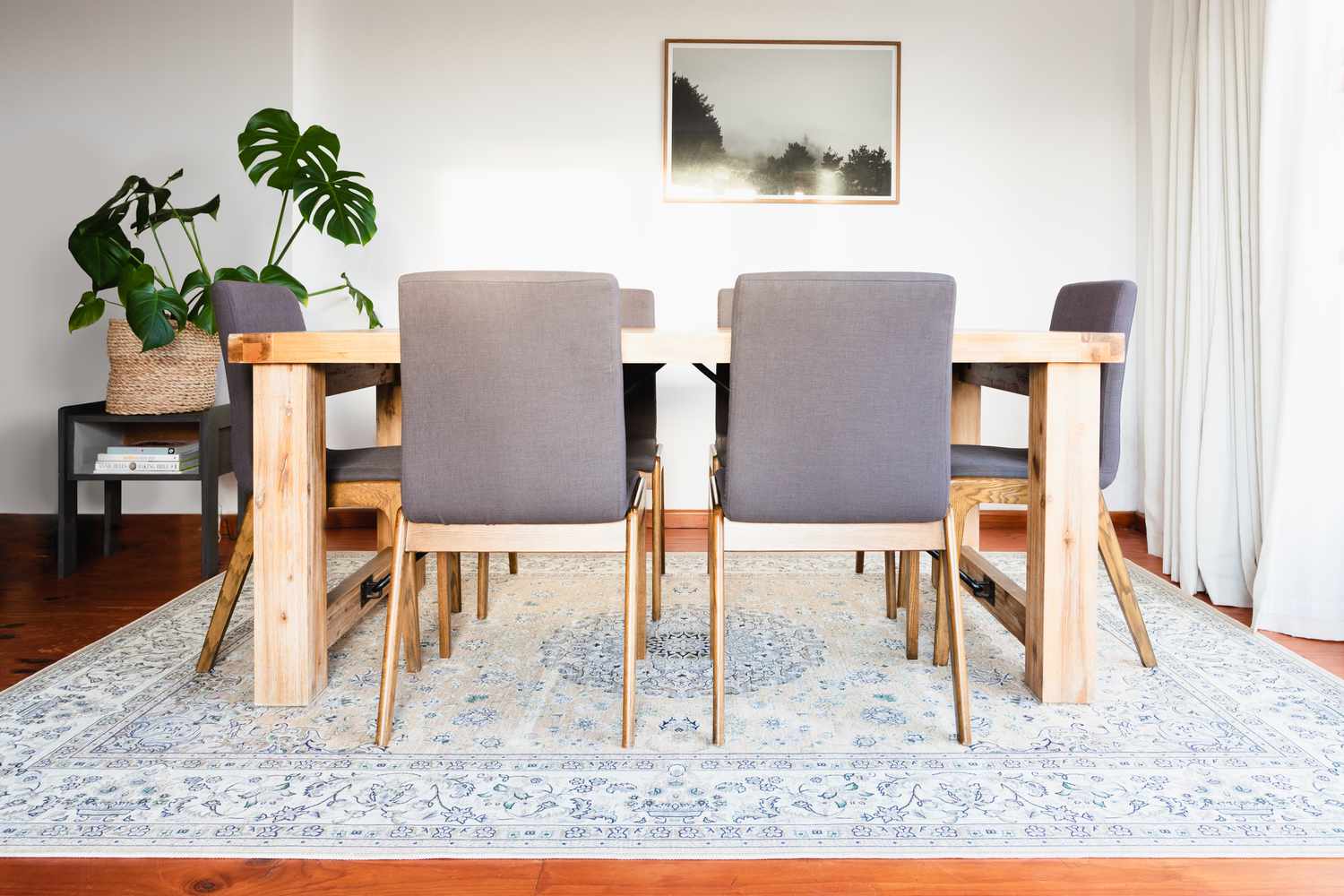
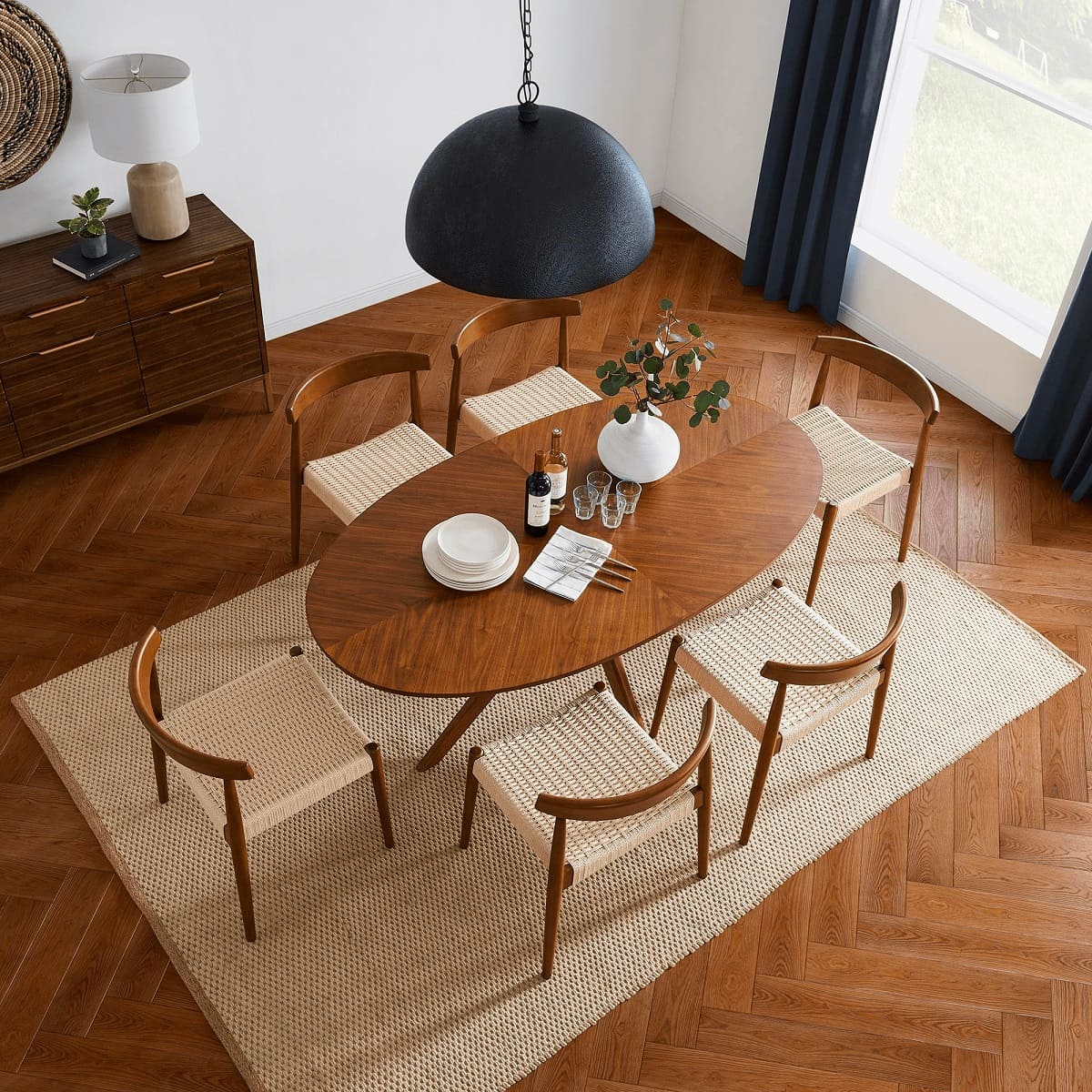
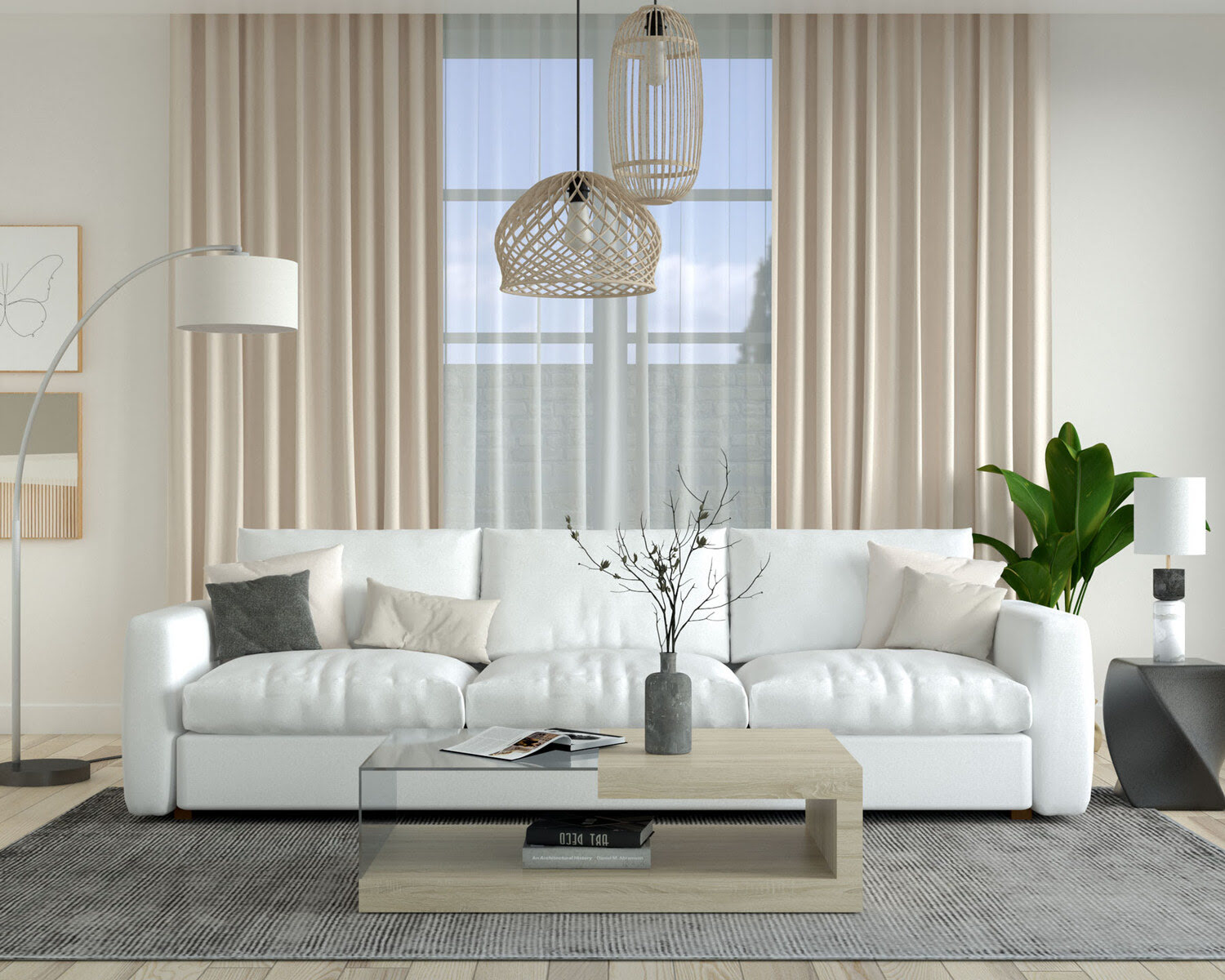
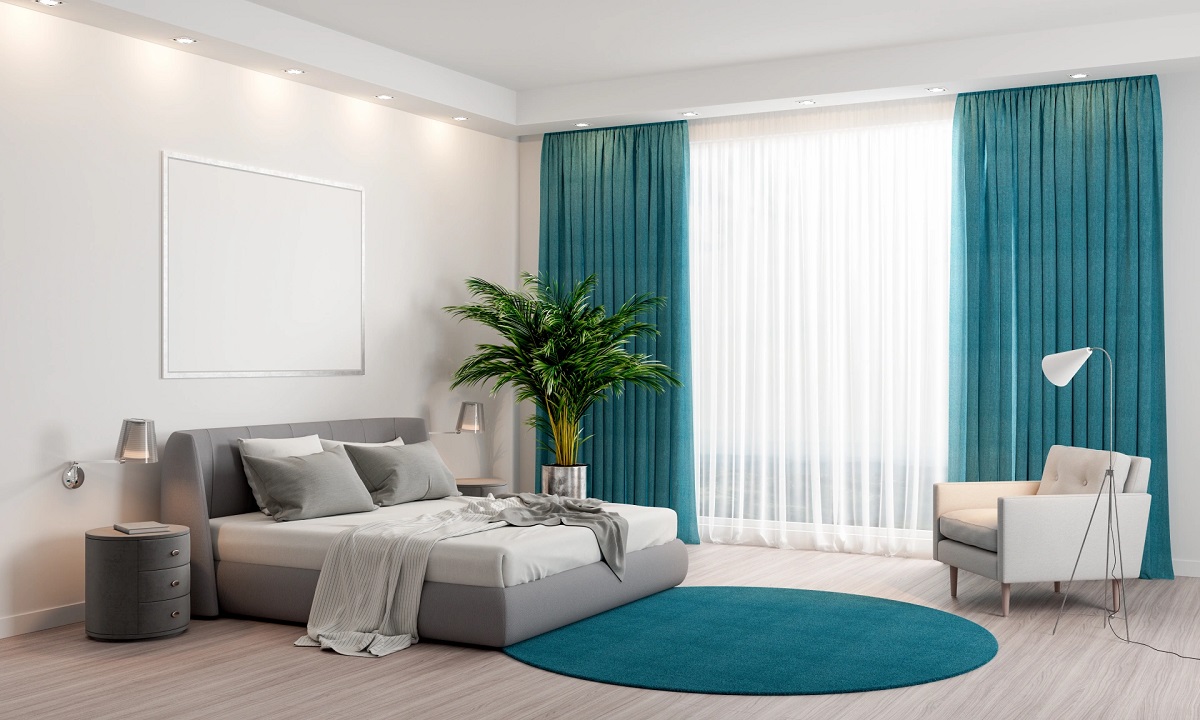
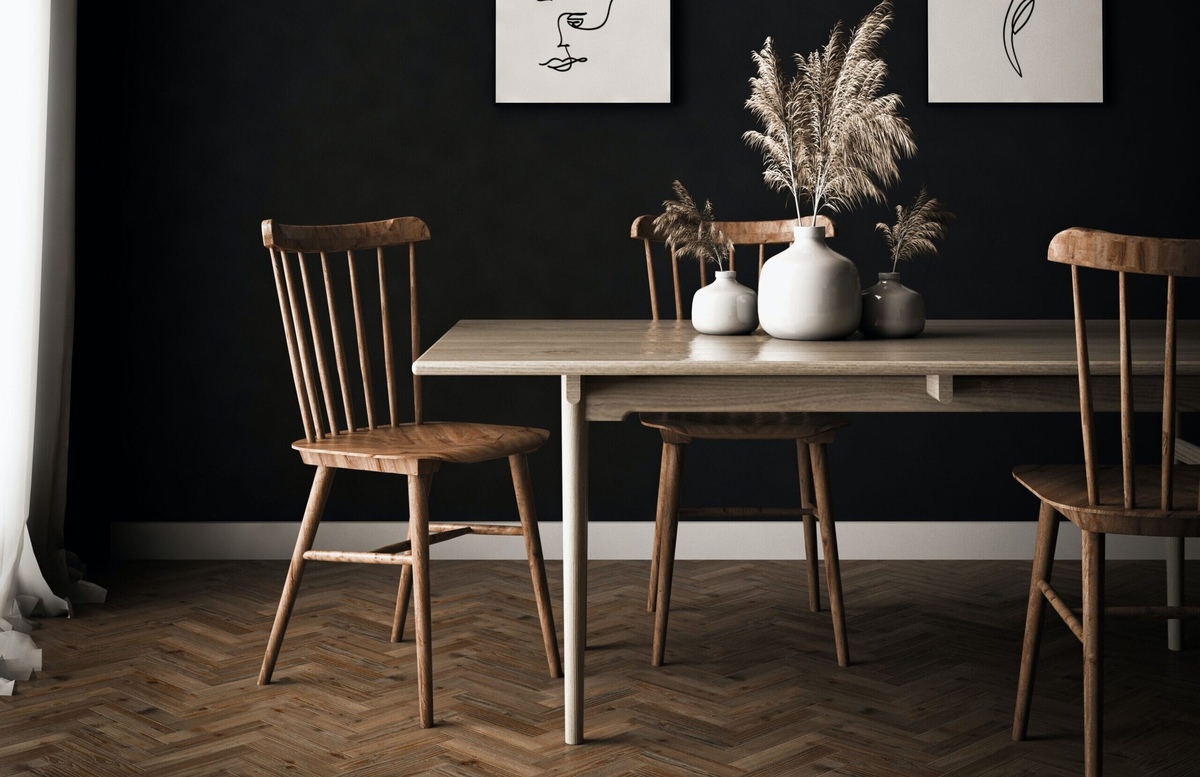
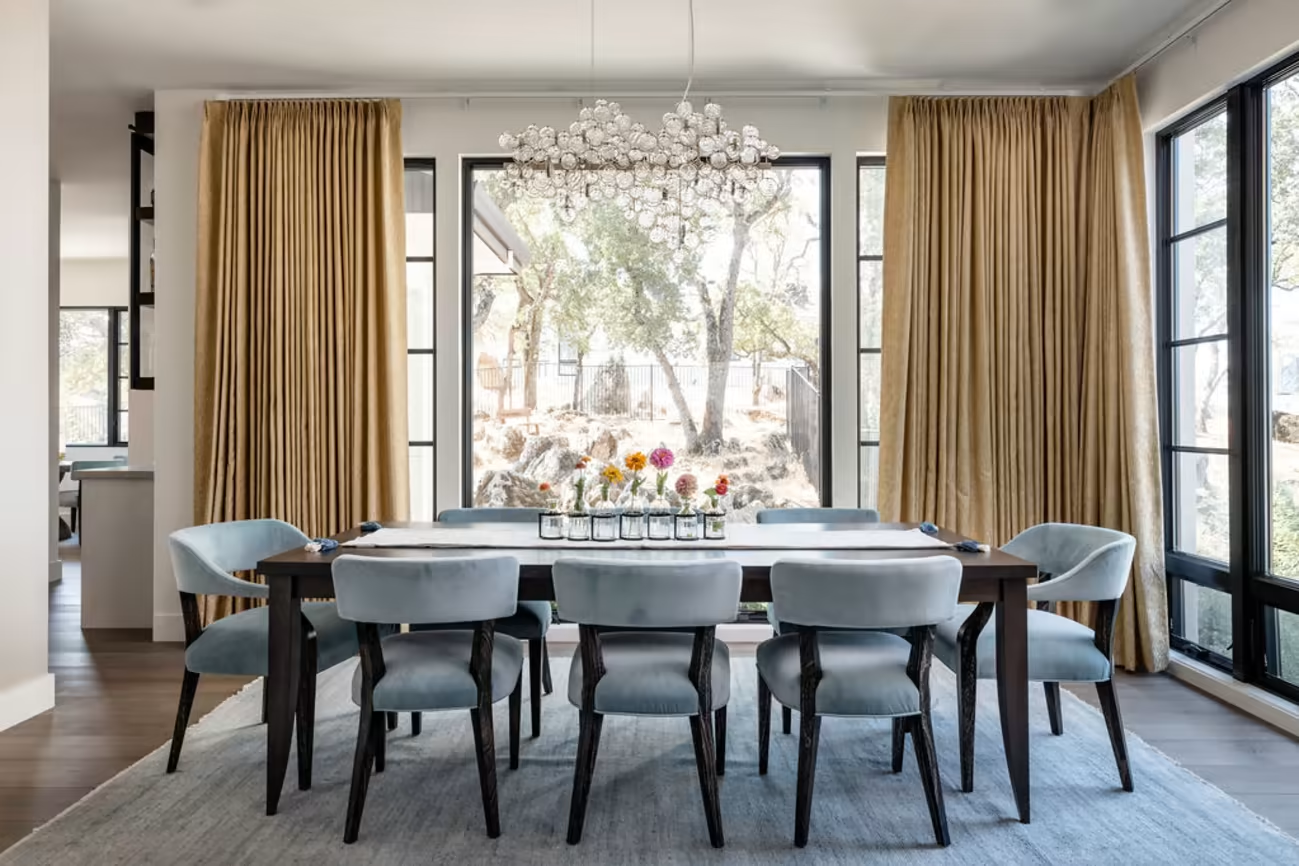
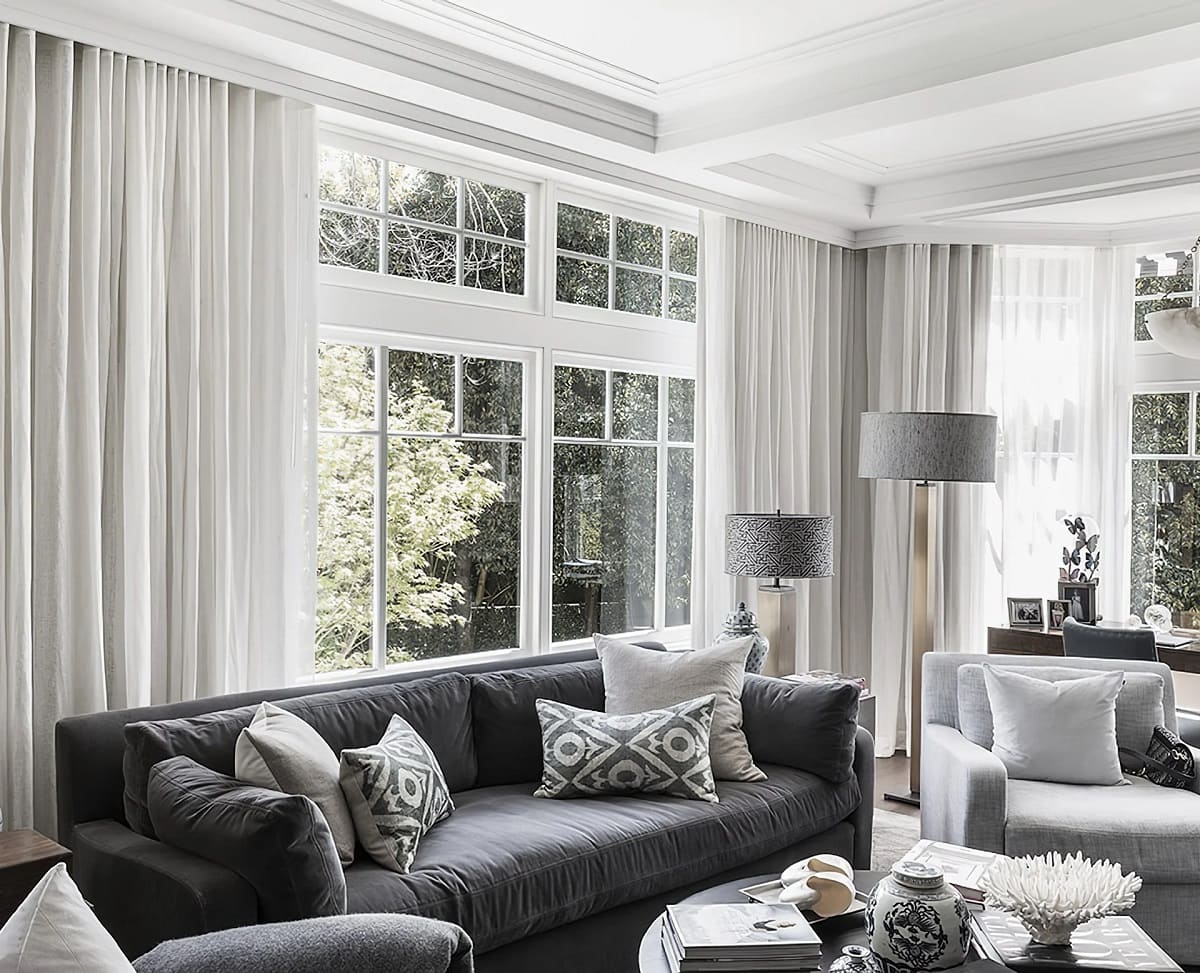
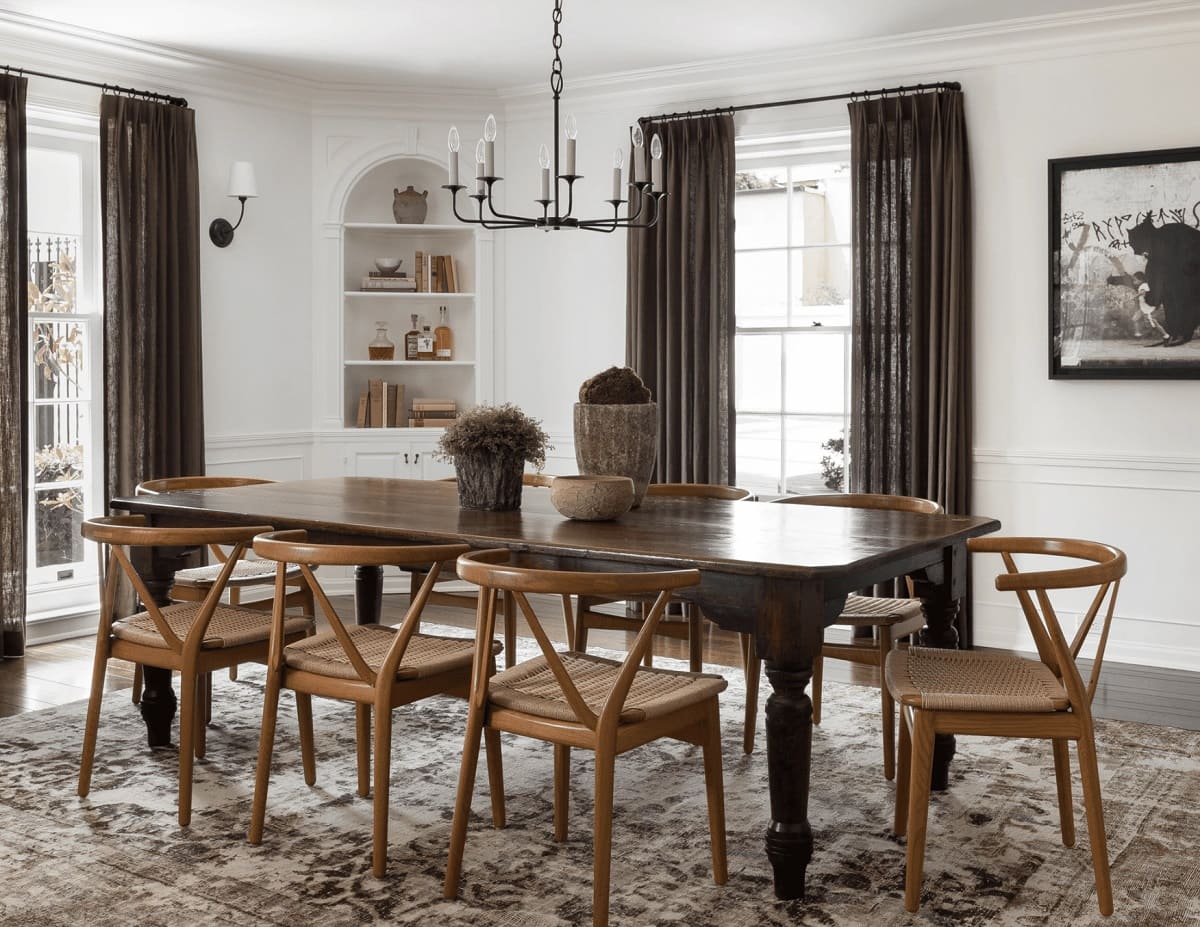
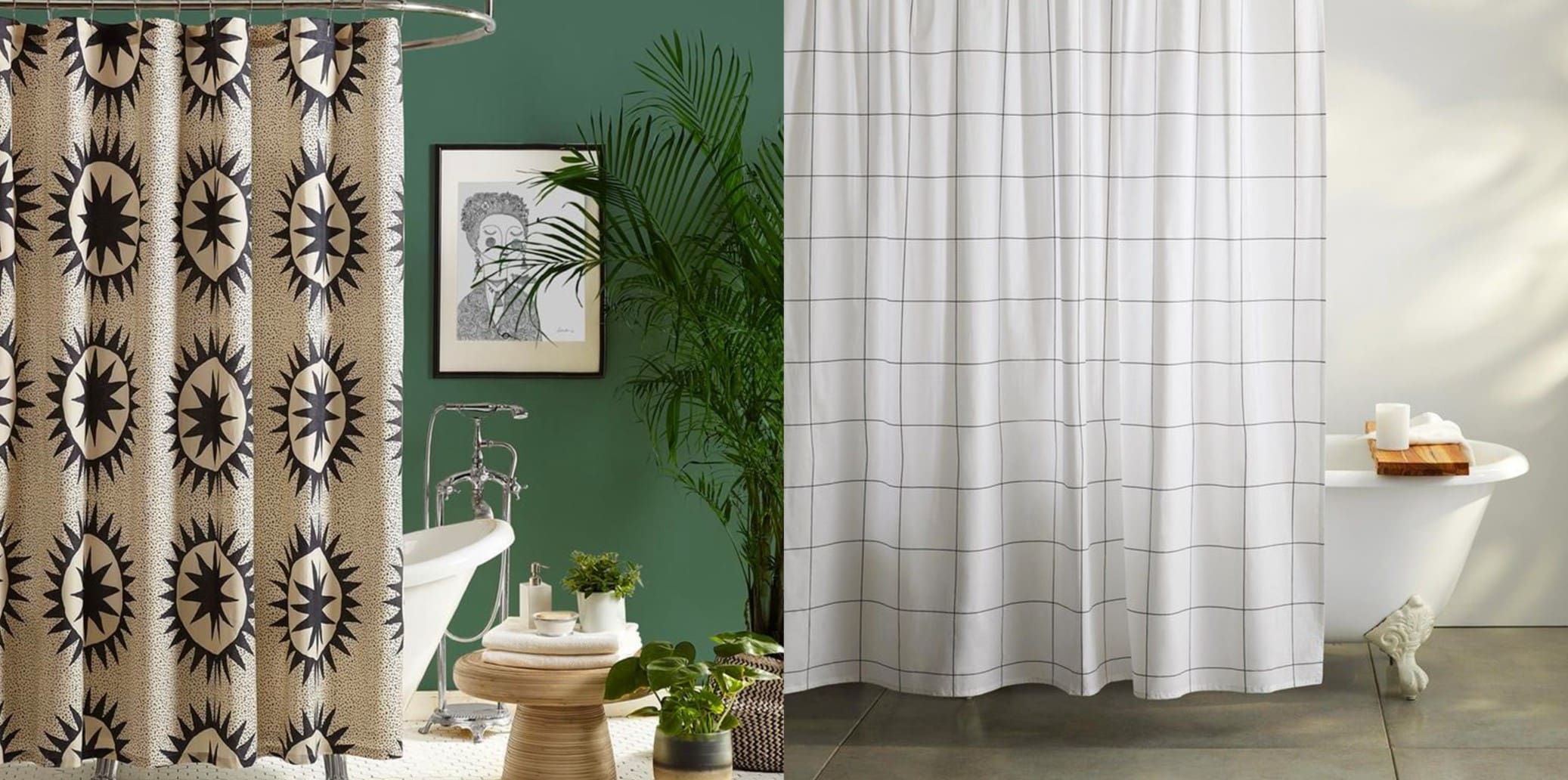
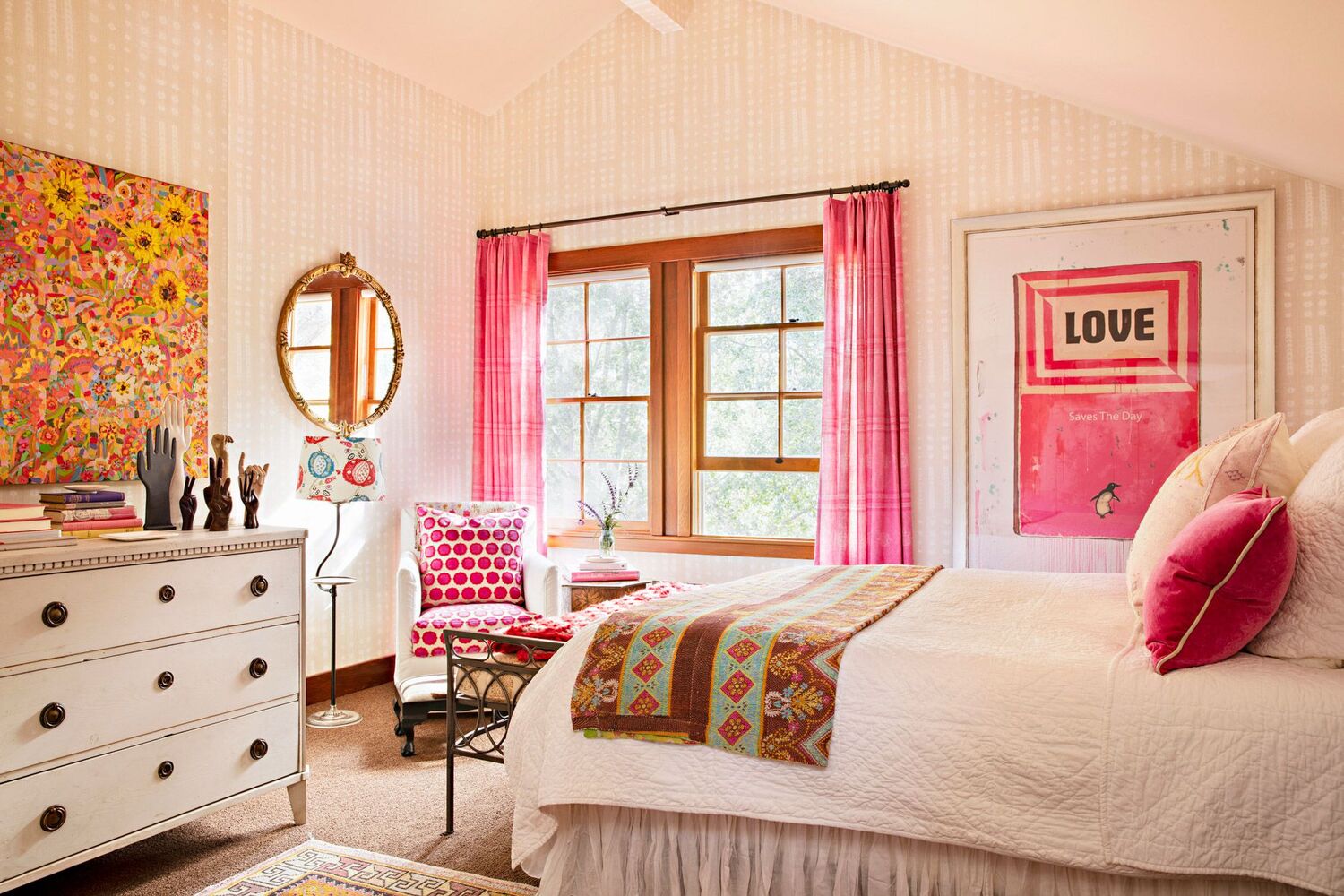
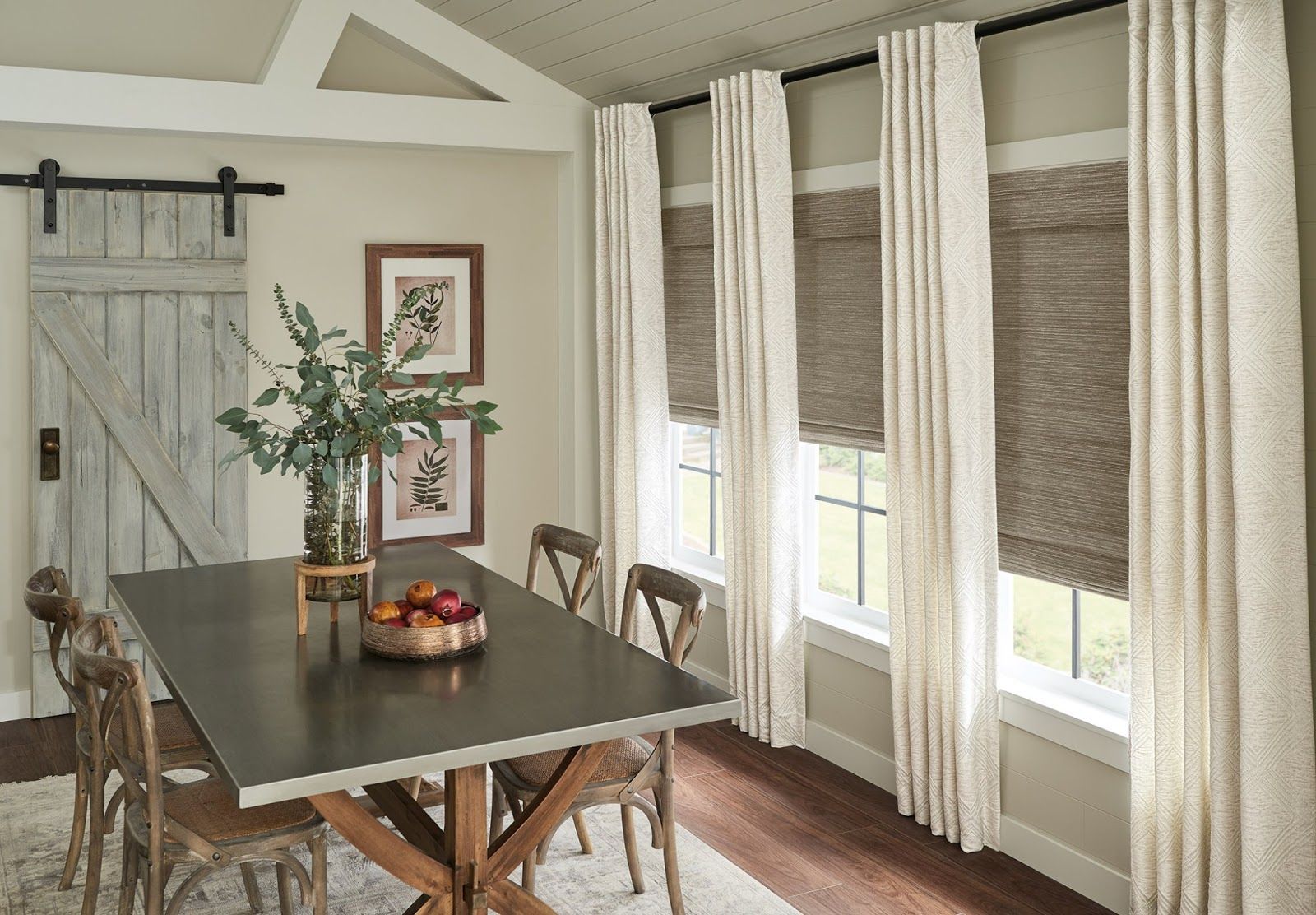

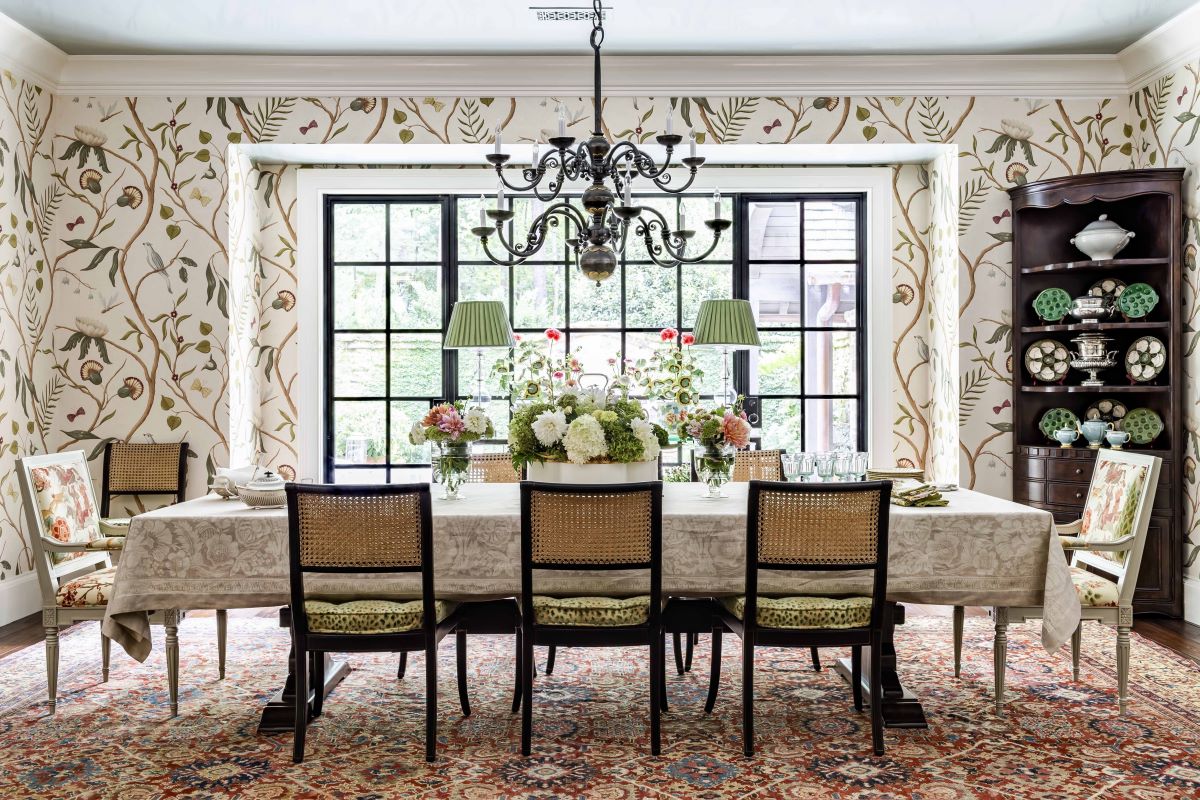

0 thoughts on “How To Choose Curtains For Dining Room”